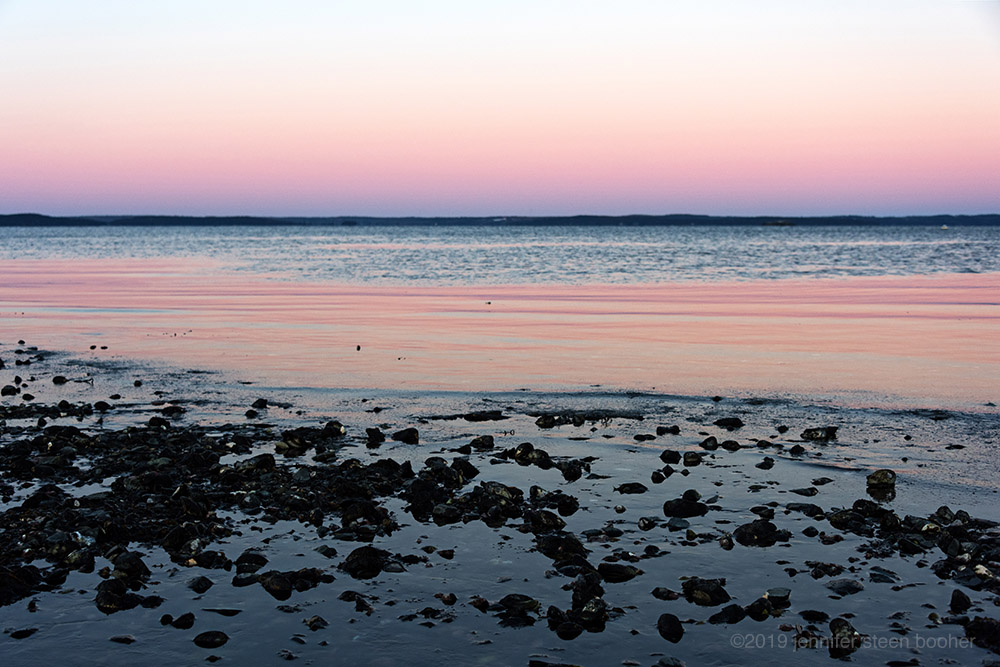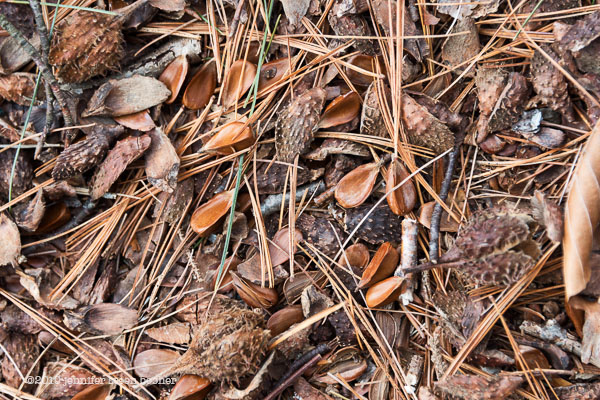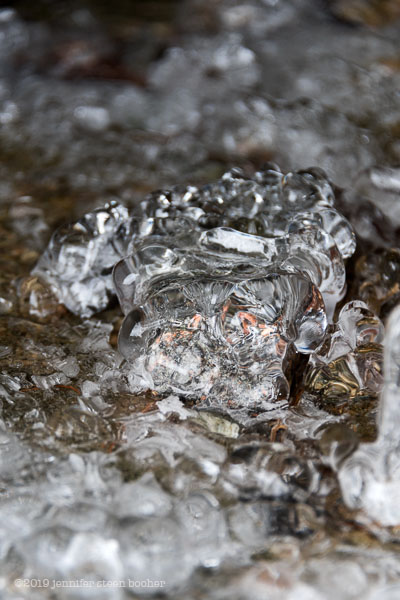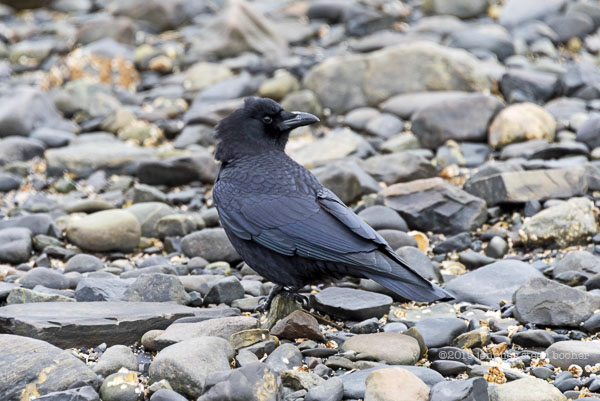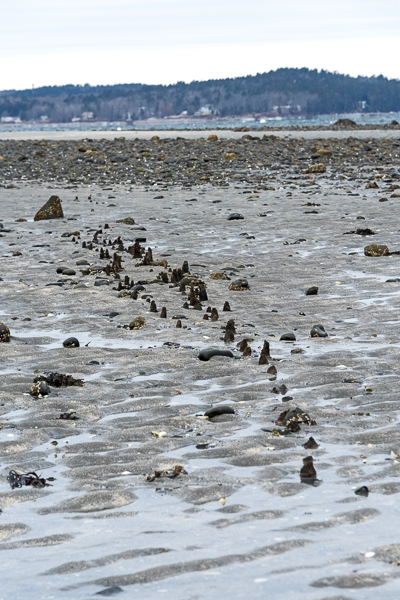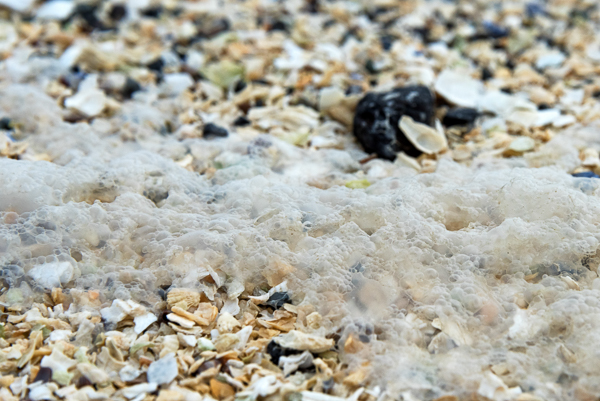
In 2019 I produced a photo-essay for Chebacco (the annual journal of the Mount Desert Island Historical Society) about stained glass windows on Mount Desert Island. I photographed the windows in ten buildings, and was astonished at their quality and variety. The historical society was so enthusiastic about the project that we also created a small exhibit in the Selectmens’ Building in Somesville, which will be up through this summer. The building re-opens in June, I believe, so you’ll have a couple of months to see it.


I haven’t been able to get the project out of my head, so I’m going to buckle down and write The Stained Glass Windows of Mount Desert Island.

I’ll be researching the history of the windows, which means traveling to Portland and Boston, possibly to New York City, to poke around in the archives of the artists, architects, and religious organizations looking for answers to all my questions. Some of the windows have no easily-found documentation. Who made them and when were they installed?

The island has windows by some of the leading artists of their day. How do our windows fit into the larger art-historical context? And in a local context, who chose the artists and why?

Many of the windows are memorials. Who were the people memorialized? What was their story? For example, the waterlilies below are from a window given in memory of Robert Storer, who drowned in Upper Hadlock Pond in 1885.

If you are interested in following the project, sign up for emailed blog posts in the top right of this page.


